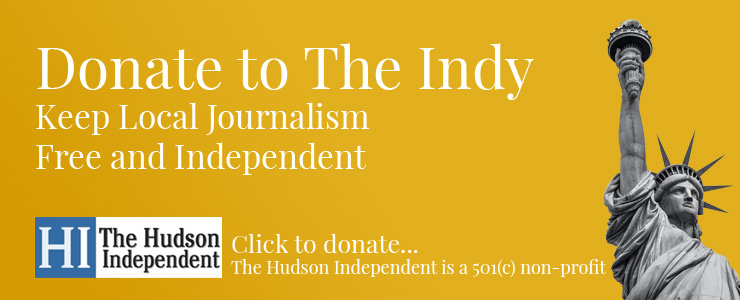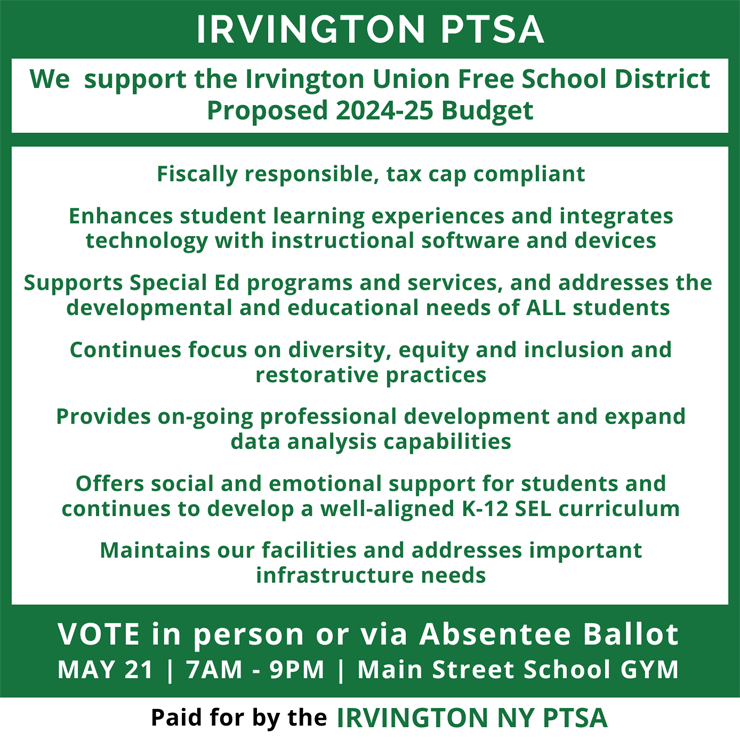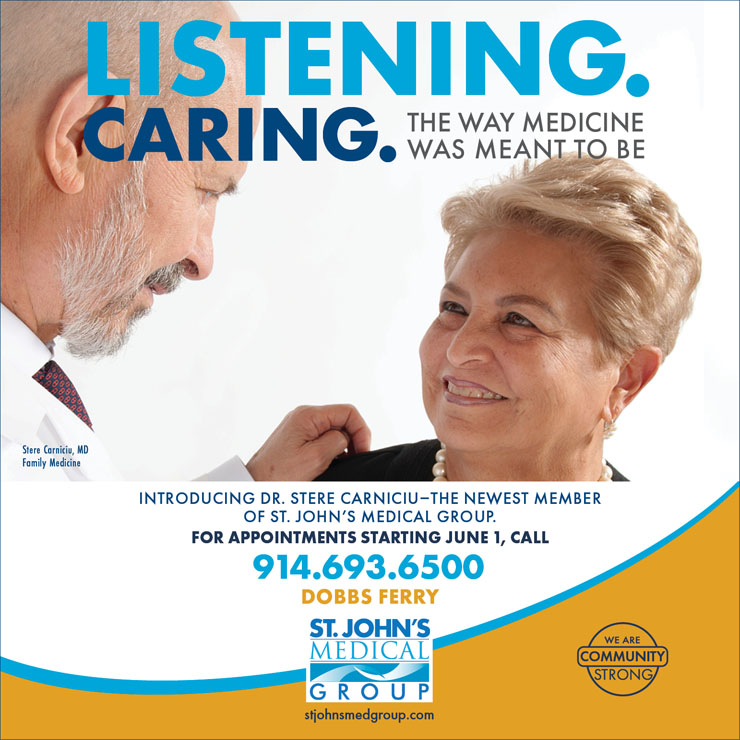
In recent weeks, I’ve been examining loneliness—the epidemic and it’s new New York ambassador in Dr. Ruth; those few who, when real life partners don’t work out or seem possible, opt instead for a fictosexual relationship with a softie or software; and finally, those who just lean in and live alone.
Alone doesn’t equal lonely, nor actually does, as Andrew Smith put it, “having a relationship with your imagination” (in the form of projecting onto an outward if fictitious character). Some of these folks lay claim to finding happiness and an antidote to loneliness. And, truly, who are we to judge? Aristotle does in the quote below, but that was when going solo might mean you’re a freak—beast or god:
“The man who is isolated, who is unable to share in the benefits of political association, or has no need to share because he is already self-sufficient, is no part of the polis, and must therefore be either a beast or a god.”
As I middle-agedly navigate the dating apps there are many land mines which I’ve written about here (people who misrepresent themselves; having to learn the lexicon; experiencing the abuses of ghosting, gaslighting, love-bombing and all the terms of our psychotic times). Many of these negatives are app-induced, the way the tech can amplify and accelerate underlying problems in the people using them, but then there’s just the traditional issues of being older that makes finding a suitable partner harder in general. I have way more stuff than I used to—and I mean that materially but also mentally. I have a whole life, that I like, and it includes one full house here and some land there with a sawdust bucket for a toilet; two surly girl-teens upwards of half the time; jobs I do after the day job; a cat, a frog, and the frog’s accompanying crickets. A whole life of paperwork, an attic of Halloween costumes and props, art supplies, endless stories, ex-boyfriends, the whole messy lot of me. Or as one of my favorite all-time poems goes: “the panoply of residence, improper to a visit. Silks and furs, my enormous wings, my crutches and my spare crutches, my desire to please, and worse—my desire to judge what is right. I take up too much space.”
I love “Poet & Person” by Denise Levertov so much it’s worth sharing in full:
I send my messages ahead of me.
You read them, they speak to you
in sirens’ tongues, ears of flame
spring from your head to take them.When I arrive you love me,
for I sing these messages you’ve
learned by heart, and bring,
as housegifts, new ones. You hearyourselves in them,
self after self. Your solitudes
utter their runes, your own
voices begin to rise in your throats.But soon you love me less.
I brought with me
too much, too many laden coffers,
the panoply of residence,improper to a visit.
Silks and furs, my enormous wings,
my crutches and my spare crutches,
my desire to please, and worse–my desire to judge what is right.
I take up
too much space.
You are living on what you can find,
you don’t want charity, and you can’t
support lingering quests.When I leave, I leave
alone, as I came.
Along similar lines, a quote from a short story I wrote called “Migration” which conflates this isolation of being trapped in our own box of brain/body with the plight of trying to be understood (or published!) as a writer:
She hands him her brain in a box labeled “Love me,” wondering would he, and would that matter, to which he replies, “Sorry we are not accepting submissions at this time.”
None of this fullness of a rich adult life leaves much closet space for anyone new to enter the picture, and will I fit on their map and plan—or eegads, into their politics—as they will mine? On the rare chance I get as far as being attracted to a person and having enough in common, maybe they have their own weekend escape that takes them to Vermont instead of the Catskills, then what will become of us with so little spare time to align?
My last real boyfriend (before the one-month imposter ghoster) lived two hours away from me and I thought that arrangement was ideal, until after two years it just wasn’t. While I might have moaned a little about missing him between our mostly weekend or occasional weeknight and holiday dates, I enjoyed that dynamic of missing—it kept things fresh and had us prepping for each other. Behaving our best. I am so fearful of relationships becoming complacent, going stale, losing their spark in the humdrum details of life, and of cohabiting. So showing up, groomed, intermittently for a real date and not all the everyday junk in between seemed like the secret sauce that could help us endure indefinitely. Then, one day (or at least the one day I became aware), he couldn’t take the distance any more, and longed for a more consistent kind of relationship on his couch, which sounded to me like inevitably taking each other for granted. Could my interest in keeping things at arm’s length be a defense mechanism? Perhaps if someone sees me truly, daily, they won’t want me—in the same way I saw all these things about him that I wouldn’t have wanted to live with but could tolerate from a distance. Or was he just not my match?
Novelist Steve Adams, in recent loneliness comments, shares this book on isolated folks who still find great connection with the world—“solitaries” like poet Emily Dickinson, who weren’t as solitary as it seemed. And perhaps the trick is pairing two such solitaries together. Steve writes:
On the subject of books re: going solo, I came across Fenton Johnson’s At the Center of All Beauty: Solitude and the Creative Life maybe two years ago. It was the first time I’d ever experienced the sense that someone was writing about me personally. In it he compares artistic figures (he starts off with Walt Whitman and Emily Dickinson, which makes a fascinating pairing) who have a mystic streak, and shows how richly their lives are connected to the world around them, if not necessarily to a specific partner. He calls these people “solitaries” and also shares his own experience as a solitary, as a connective thread. For the record, he does say that some of the best relationships he knows consist of two solitaries who know how to respect each other’s space. To kind of repeat, and what had a lot of meaning for me, was his perspective of these people not as loners or emotionally disconnected, but the opposite. Dickinson is shown so passionately activated by her one acre of the world that it’s not surprising she didn’t venture much farther as it would’ve no doubt overwhelmed.
There’s the nice myth of Henry David Thoreau at Walden Pond writing about solitude in isolation but really he was quite closely hinged on the margins with society. He walked to town two miles away to have a drink at the pub with friends and his mom came to deliver his meals.
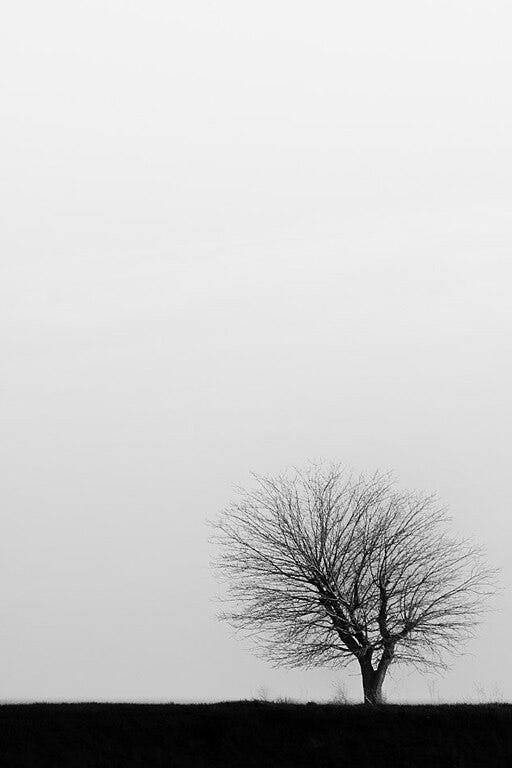
Same is true in the book Going Solo: The Extraordinary Rise and Surprising Appeal of Living Alone by Eric Klinenberg (2012), which debunks the assumption that because there’s a massively increasing trend in living alone that people must therefore be more isolated. Those who live most successfully alone—singletons in cities, widows in senior living communities—tend to have more supportive networks around them than those who might be, say, unhappy in their marriages.
It’s interesting to me now at the age of 50 to be hustling to find, on some level, a “life partner” when there’s very grim hope of any such partner actually living the same amount of time as me. Men get infirm faster and die younger, so by the math, I’d be wise to date younger, fitter men who might better align with my assumed timeline long term. Locking in a mate in no way ensures you still won’t die alone. So it’s best to get your estate in order, so to speak, to figure out your aging-in-place plan whether or not you are single and will have the luxury of doing that. I’m only beginning to think about what it will mean as a future crone, as my friend Dana Schwartz puts it, to have a three-story house, or a two-hour drive upstate that seasonally requires switching out snow tires.
Do I want my ideal mate to live here or there or somewhere in between? Perhaps I too would do better with a fictosexual fantasy, someone of my own conjuring who checks all my many boxes. I am doing that a bit with my manifesting exercises. I will write in coming weeks a piece to finally complete my color trilogy (blue water, green nature, and soon: gray matter) on how you can change your brain, or in my case, try to conjure a man, if not a whole life. I made a vision board of my future boyfriend, with all the words and images of emotions I want to feel in his presence. So then when I do meet such a magical person, I will in theory more easily recognize him, having repeated and imagined these traits and sensations into neural pathways, habits. When he arrives, the character I’ve created and the real man will match, and I can discard the character and let the reality step in. Not magic but science! And should this all fail and along the way regardless, just—to hell with it—embrace the solitude.
From Going Solo:
Not long ago, it might have made sense to treat living on our own as a transitional stage between more durable arrangements, whether coupling up with a partner or moving into an institutional home. This is no longer appropriate, because today, for the first time in centuries, the majority of all American adults are single. The typical American will spend more of his or her adult life unmarried than married, and for much of this time he or she will live alone. Naturally, we are adapting. We are learning to go solo, and crafting new ways of living in the process.
I won’t cite the data in his book since it’s over a decade old, but suffice it to say the numbers of those living solo are even higher now, and more so in Scandinavian countries who always seem to demonstrate to us the trends of the future, should we be lucky enough to have the social support of such progressive systems. The sort of communal living we see rising up on the Sleepy Hollow riverfront, a complex with almost everything one would need to live right at hand, would in these other countries also have way more access for various income levels and all ages, and especially to those living alone. There’s a dreamy situation in Sweden that I wish existed when my kids were younger: collective dwellings where single moms can live alone together that include daycare facilities, meals, cleaning. There are single room occupancies (SROs) that are humble but come in grand buildings with dignified common spaces to help the inhabitants gather and enrich each other lives.
There’s very little left of our abilities to actually escape society like Aristotle’s beast because it pervades more than ever. Thoreau would perhaps now be at Walden with wifi. And then not be very alone at all. I work hard to seek out and protect my solitude, making a point to not get a phone or internet at my place upstate, keeping it as a true escape. Going Solo quotes sociologists who cite the “end of solitude” and the “birth of intravidual,” as we cyborg ourselves, conjoined with our devices that keep us connected at all times, perhaps more than we want and definitely more than we need. I just cautioned my kids that having an ear bud in their ear during other interactions effectively splits their reality (torn between music within and the other person without) and is, in the end, obnoxious. Make a choice to be present, I told them, but I don’t know that they know what presence is anymore without this padding of cybergauze engulfing them. Dalton Conley defines the new intravidual “as busy professionals whose lives are dedicated to ‘managing the myriad data streams, impulse, desires, and even consciousness that we experience in our heads as we navigate multiple worlds.’” Perhaps this “network society,” rather than marking the end of individualism has actually lead to more people being able to, and wanting to as a sort of buffer, seek out living alone. “It’s hard not to see a relationship between the demand for constant connection, whether online or on the job, and the enormous increase in the amount of time we spend on our own.”
People are opting out of marriage, or having been married and exiting that, don’t tend to want to try again. As a system, it’s on the outs. Women after divorce statistically fare worse economically than men. Since the men die out sooner, widows are far less likely to remarry than widowers. But, there’s also the factor that women are by nature more connected to family and friend networks then solo men tend to be, so have less inclination to wed again. “The gender disparity is largely attributable to the fact that at ages 65 and above there are about three women for every two men, and three women for every one man at ages 85 and above.”
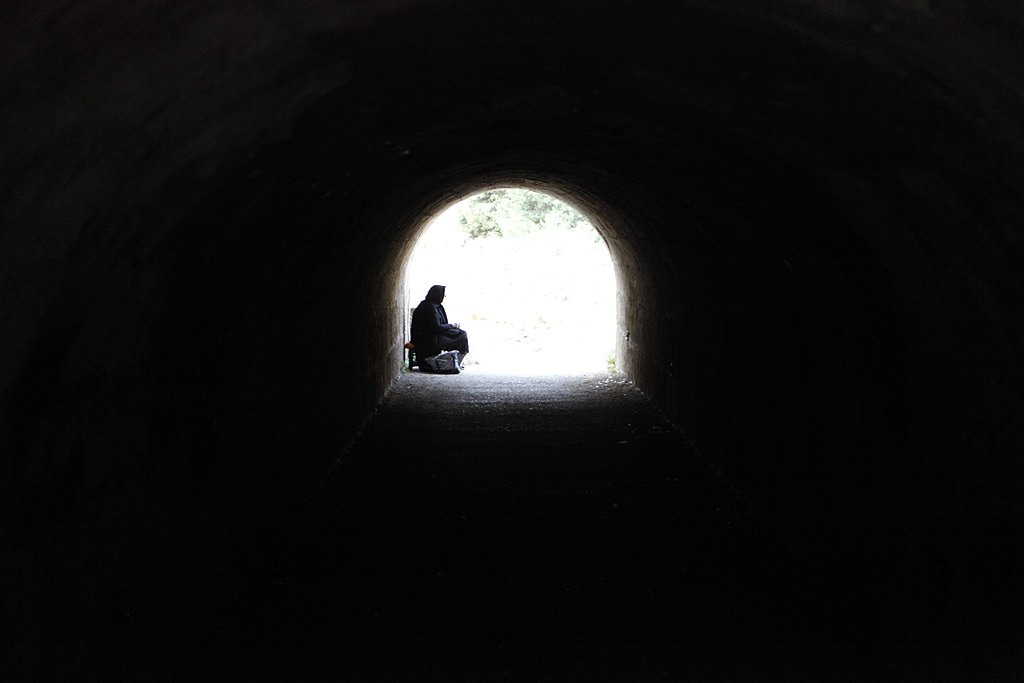
Many more than ever are interested in aging in place, should they be able to afford it (and, by the way, aging in a home isn’t affordable either, so what’s a poor old person to do?). Along with the somewhat symbolic appointment of Dr. Ruth as loneliness ambassador also comes the substance, we hope, of better addressing aging infrastructure as our population lives longer with virtually no systemic support to date. Like many municipalities around us, the town of Greenburgh is currently crafting ADU (accessory dwelling unit) law, the new language for a mother-in-law sort of suite, assuming the MIL even wants to be there. (Elders in the Solo book cite their disinterest in some of these arrangements that better suit the children and grandchildren—free labor from the poor tired senior!—than the senior themselves, who might want to actually sit back and retire in their lounger at this late stage of lives. The book also gets into possible future personal assistance for our elders in the form of robots to meet their complicated care needs. It’s hard to believe this study that shows that interactions with a robot dog over the course of eight weeks were as satisfying to seniors in a nursing home as real dog interactions were, but if true may be more cause to poke at my knee-jerk alarm over those odd fictosexuals as well.
Before I invest in a robot dog or a real one, I will marry myself first they say, which also involves preparing to die alone. Come up with a sustainability plan to create the best, beautiful, most productive life—and death—solo.
The Americans Emerson and Thoreau shared a similar vision. They argued that being alone, and sometimes living alone, was necessary not because solitude grants us freedom from the burden of intimate social ties, which are, in the end, a source of deep meaning and security, but because it allows us the freedom to cultivate our selves, develop original ideas, and make a productive return to the world.
This newsletter has created the greatest tie I’ve had to the world—at least a tiny subset of the world in the several 100s actually reading—in my writing life. Early on in this project I envied the woman who descended into the cave for over a year where she binged and made books. I always thought that that level of solitude was what would it take for me to produce, and I lamented that I hadn’t done that enough since having kids. But her solitary escape required a village—a team communicating with her, lowering down necessities much like Thoreau’s mom—and she likely didn’t have kids at home to worry about or they’d grown and flown.
In this exciting time between—the liminal space before my kids depart for college, while I still have to work, when I’m still “young” enough to date and travel, before I perhaps choose (or not) to hermit and hunker down to write more novels—I get to share these weird essays here. I have crafted a creative space that demands neither full isolation nor partnership. Being able to come in and out of socialization at my own pace on my own terms propels my voice, and perhaps only in this balance do I have anything to say.
 Krista Madsen is the author behind wordsmithery shop, Sleepy Hollow, inK., and producer of the Home|body newsletter, which she is sharing regularly with The Hudson Independent readership. You can subscribe for free to see all her posts and receive them directly in your inbox.
Krista Madsen is the author behind wordsmithery shop, Sleepy Hollow, inK., and producer of the Home|body newsletter, which she is sharing regularly with The Hudson Independent readership. You can subscribe for free to see all her posts and receive them directly in your inbox.
Healthcare Workers Vote to Authorize a Strike at Phelps Hospital, Unless…
Wasteless Horsemen Initiative Brings Sustainability to Tarrytown Schools
The Club Car Grille Arrives in Irvington
Irvington School Board Names New Superintendent
Sleepy Hollow to Host 150th Anniversary Car Show Saturday
Hastings-on-Hudson Candidates Make Cases for Board of Ed
Ardsley Mayor Kaboolian Recognized as 2024 Woman of Distinction
Tarrytown Schools Assistant Superintendent for Business Honored
The Gloves Were Off in the First Bowman Versus Latimer Debate
Author with Roots in Dobbs Ferry Puts New Spin on “How to Be Old”
 Print
Print









